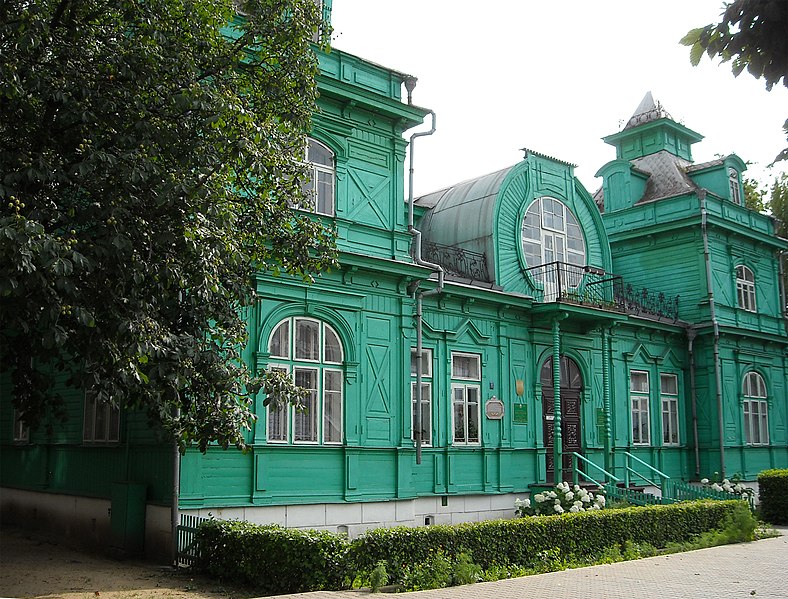The official term for tank (armoured vehicle) in
Diné bizaad (the Navajo language) is the truly amazing:
Chidí naa'na'í beeʼeldǫǫhtsoh bikáá' dah naaznilígíí
Translates loosely to "crawling motorcar with big cannon in which soldiers sit". Lovely.

My only major beef with it, outside of the fact that it's a bit long, is the fact that it reads a bit like a term made by a worldbuilder in some language that isn't good at contracting words, so just stacks them in order into a multiple-words term. I don't know enough about Navajo grammar to comment further. From what I do know, conventional adjectives, as we understand them (in European languages, etc.) are absent, but they do have various equivalents in the grammar. Hence why many terms might seem more descriptive. It's a nice-sounding language, though.

Fun fact, the term
chidí, for "motorcar" was invented in the early 20th century, inspired by the sound made by the engine of a Ford Model T.
No, really:
Chidí - Compound of
chid, imitative of the sound of a Ford
Model T engine, and the nominalizing suffix
-í, meaning roughly "chugger".
So, in Navajo, motorcars are "chuggers", which I find really cute.


The term for car battery, in turn, loosely translates to "car lungs".
----
Not that long ago, I brought up the topic of dubbing films and TV series into the Welsh language...
Star Wars in Diné bizaad (Navajo), with English subtitles.

I'd love to see more feature films dubbed into Native American languages, and other vulnerable languages. Hey, if the Navajo in particular served with distinction during WWII, they more than deserve to have a vibrant translator culture in arts and media, films included. I come from a small country and both of my mother tongues have only a few million speakers globally. That still outnumbers the Navajo speaker numbers greatly, so I am all the more in favour of supporting these smaller languages having enough presence in the modern world.
Interview with dubbing team and cast no. 1,
interview no. 2,
premiere of the dubbed version (a packed theatre !),
news report on the dub.
Some nice articles on the subject of Navajo dubbing:
-
Translated into Navajo, Star Wars will be (NPR.org)
-
The five coolest things about the Navajo translation of Star Wars (Topless Robot.com)
-
How do you say Star Wars in Navajo ? (Smithsonian Mag)
-
Navajo Star Wars available on DVD (Navajo Times)
-
How Star Wars 'made it possible to open a world speaking Navajo' (CBC.ca)
Hey, is it any weirder than
dubbing Star Wars into my native Slovak ? Or the
parody dub based on bootleg subtitles ? I don't think so.

Keep improving your dubbing tradition, dear Diné citizens.

Anything you do to keep the language an everyday language is welcome.



